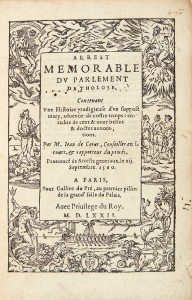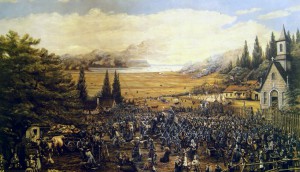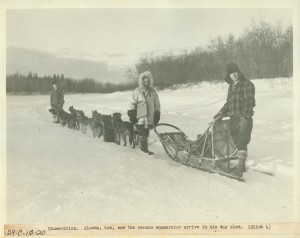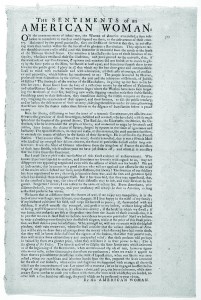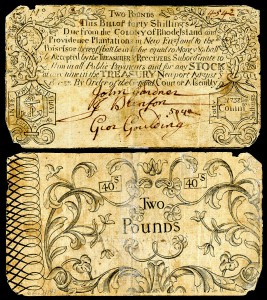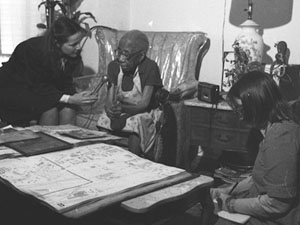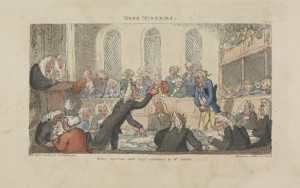
“If any persons or persons within his Majesties Dominions of England and Wales, being married, or which hereafter shall marry, do at any time after the end of the session of this present Parliament, marry any person or persons, the former husband or wife being alive … then every such offence shall be felony. Provided always, that neither this Act, nor anything therein contained, shall extend to any person or persons whose husband or wife shall be continually remaining beyond the seas by the space of seven years together, or whose husband or wife shall absent him or herself the one from the other by the space of seven years together, in any parts within his Majesties Dominions, the one of them not knowing the other to be living within that time.”1 Continue reading Bigamous marriages
